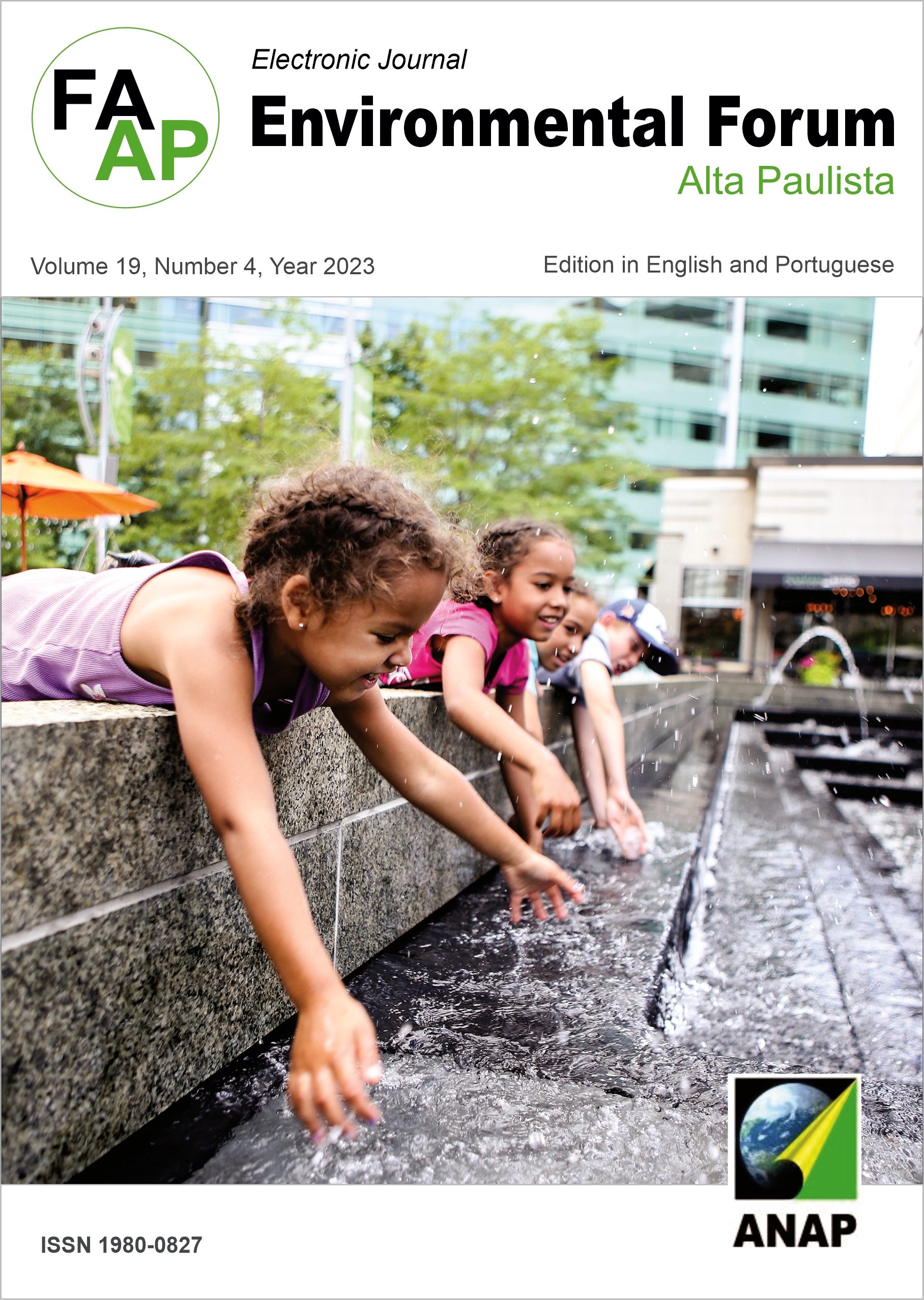Aplicação de biocarvões para remoção de ibuprofeno por adsorção: Tendências na produção, condições operacionais e mecanismos
DOI:
https://doi.org/10.17271/1980082719420233650Resumo
The presence of drugs in the environment, such as ibuprofen, has raised concern due to their persistence and high-risk potential to local biota and health of exposed population. Thus, removal methods, such as biochars adsorption, gained notoriety for their high efficiencies and reduced production cost. Therefore, the present study developed a systematic literature review regarding the advance of low-cost adsorbents for ibuprofen removal from aqueous media. It was possible to observe certain increase in the production of studies within this subject, with preference of agricultural residues as precursor materials. Pyrolysis temperatures on literature ranged from 200 to 900 °C, depending on the process. Note that two substances (H3PO4 and NaOH) are used with more frequency, for chemical activation and superheated vapors in physical activation processes. Regarding chemical adsorption process, the pH was one of the most relevant factors for adsorption process and, also, most of the authors reported better fit to the pseudo-second order kinetic model; that is, adsorption process generally happening by chemisorption.
Downloads
Referências
Downloads
Publicado
Edição
Seção
Licença
Direitos autorais (c) 2023 Periódico Eletrônico Fórum Ambiental da Alta Paulista

Este trabalho está licenciado sob uma licença Creative Commons Attribution-NonCommercial-ShareAlike 4.0 International License.













